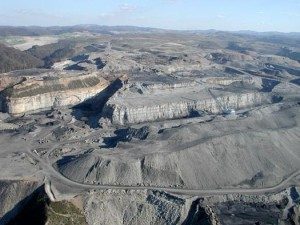
Green building reduces negative influences on health, the environment and society. These are my top 3 priorities for Asheville green builders and green building in the Southeast US. They are general ideas for average projects and people, mileage may vary.
The best green building practices transcends politics. Environmental views aside, everyone wants to spend money wisely. The most sustainable building practices are also the most cost-effective.
Its safe to say, smaller is better and the closer to place of work, shopping or other dirty transportation required needs, the more sustainable the dwelling and lifestyle. City apartment dwellers generally have a more environmentally friendly lifestyle than rural, green homesteaders.
Indoor Air Quality IAQ is more about individual health and safety. Its a less environmental and more societal consideration. More research is needed, but most point to an airtight, building envelope with mechanical outdoor-air ventilation as basic IAQ practice. Local codes have yet to adopt international building code minimums which offer much needed IAQ performance with outdoor-air ventilation.
![]() Outdoor-Air Ventilation
Outdoor-Air Ventilation ![]() Understanding ASHRAE 62.2
Understanding ASHRAE 62.2 ![]() Reducing Indoor Air Pollution
Reducing Indoor Air Pollution
Materials don’t matter much. To most people casually interested in green building, pretty finishes seems to be the area of focus. Natural, recycled, and locally sourced materials are all good things, but finish materials play a relatively small part.
Geothermal, Tankless water heaters and Radiant Floors are a waste of time and money. I think a great case can be made for each of these features. Too often people think these expensive and uncommon products make a home green. They may help, but there are usually more affordable options that make more sense.
#1 Monthly Energy Use
Energy use defines a green building. This is true for as long as we are connected to fossil fuels.
Its the extracting, refining, and burning of these ancient, irreplaceable resources that most define our society’s ill effects.
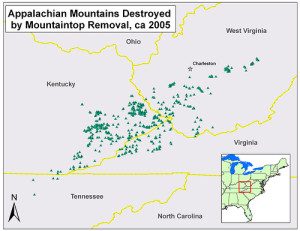
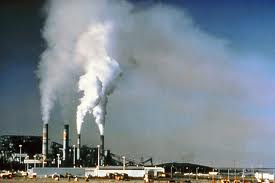
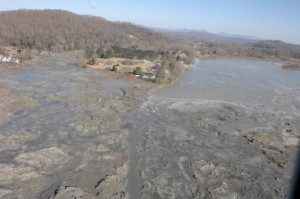
Mountaintop removal, burning massive amounts of coal, and coal ash spills arguably represent society’s biggest impacts on the environment. What we pay to the electric provider represents our personal environmental damage from coal.
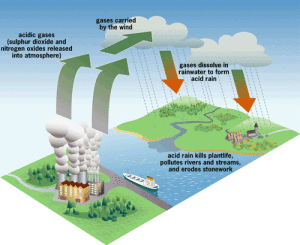
Our use of coal, makes it king polluter, but is slowly relinquishing its power to conservation, solar and wind energy. Coal’s biggest enemy is Natural Gas NG. With natural gas, the main pollution is moved underground, usually out of sight but increasingly not out of mind, or people’s drinking water.
Fracking for NG, may not be any healthier for the environment than coal. People living near fracking operations are increasingly seeing their main sources of drinking water becoming polluted and unusable. Well water that burns, exposes hidden concerns in a dramatic way.

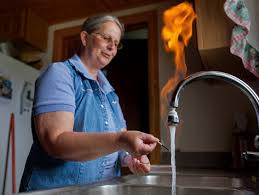
Fracking pollution is impossible to put a cost on. It’s hard to love your neighbor when their drilling operation contaminates your main source of drinking water. The amount of money one pays to a NG provider, represents their contribution to this problem.
Unlike electricity, there is no renewable source of natural gas or propane. We recommend staying all-electric, eliminate combustion appliances in the living space if possible and make provisions for solar PV installation.
Lowering monthly, dirty energy costs, is green building priority #1
Solar PV continues to reach cost parity with traditional fossil fuels, but there is a more important challenge at hand. Solar PV systems can be smaller, make more money, and further the community, with minimum levels of building envelope performance.
Existing homes should focus on weatherization of the building envelope. Hiring a home performance contractor is good for this type of work. Those building new are wise to focus on blower door proven airtightness. This reduces energy costs in the most cost-effective manner, and is the starting point for outdoor-air introduction for better IAQ measurements.
 What is a Building Envelope?
What is a Building Envelope? ![]() The Blower Door Test.
The Blower Door Test.
Building envelope performance can be improved with smart window choices and passive solar design. Design, orientation, and shading features have huge impacts on long term energy costs.
#2 Water Conservation
Water and energy are linked. Water is cheap in WNC but the energy used to transport, treat and heat it are not. Droughts and water shortages are not unheard of in our region. Many predict utility water rates to rise faster than energy. Here’s our cost-effective water conservation blog.
Underground water is threatened by NG fracking. The best way to eliminate this impact, is to commit to an all electric home and dont hook up to NG infrastructure. Anything NG can do, heat pumps can do better, and they can be run on renewables without putting IAQ at risk.
Low flow faucets and toilets are easy choices in this area. Low flow showerheads are eye level fruit, mainly due to heating energy. Solar thermal or compost water heating allow the most environmental moral
In this rainwater catchment blog, I question their cost-effectiveness, but for those that use water in the landscape or garden it’s worth looking into.
Sediment runoff from construction and dirt moving activities could be the most important consideration in this category. It’s especially a concern for steep sites near streams. Many point to sediment as the biggest form of stream and river pollution.
#3 materials
Smaller font for smaller impacts. Its typically the large and heavy building materials, requiring the most transportation that have the biggest environmental impact. My favorite characteristics for materials are; energy use, durability (to reduce maintenance) and locally sourced.
Brian Knight is owner of Springtime Builders, Asheville green builders specializing in indoor-air quality and building science best practices.


